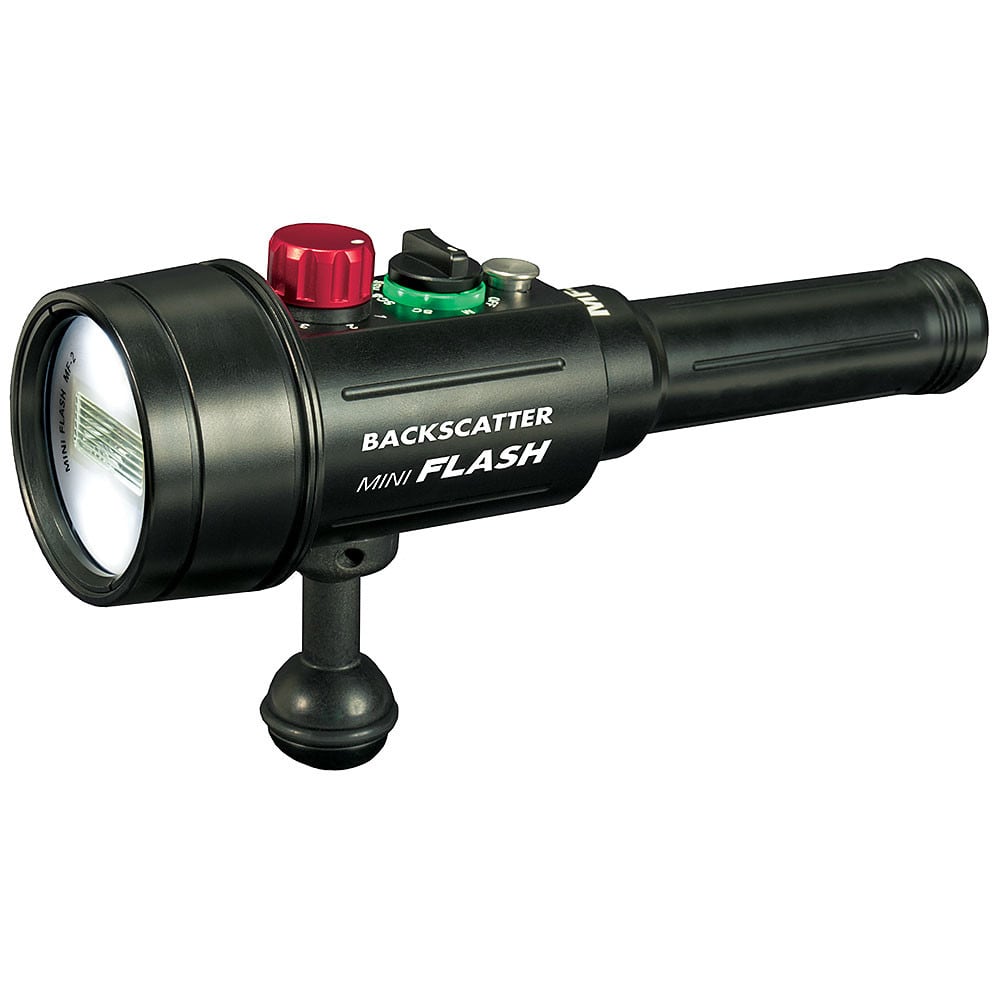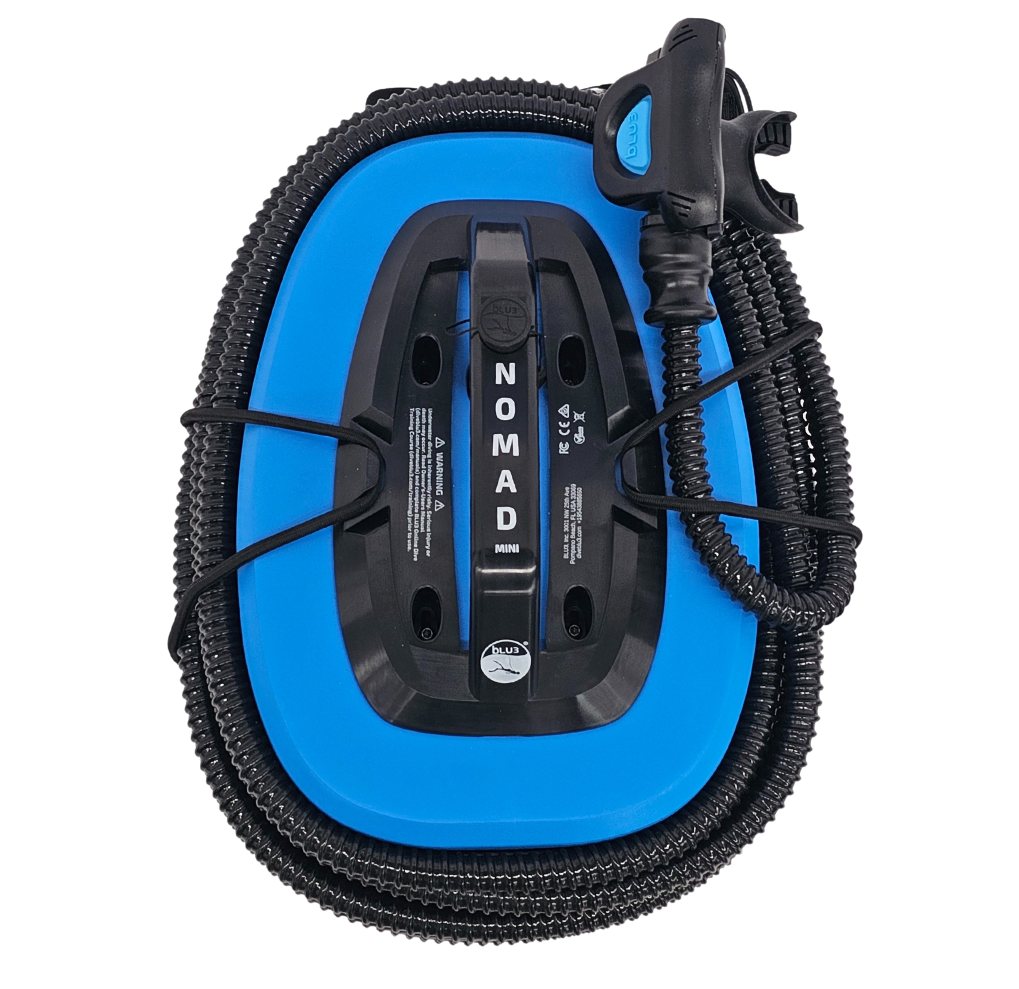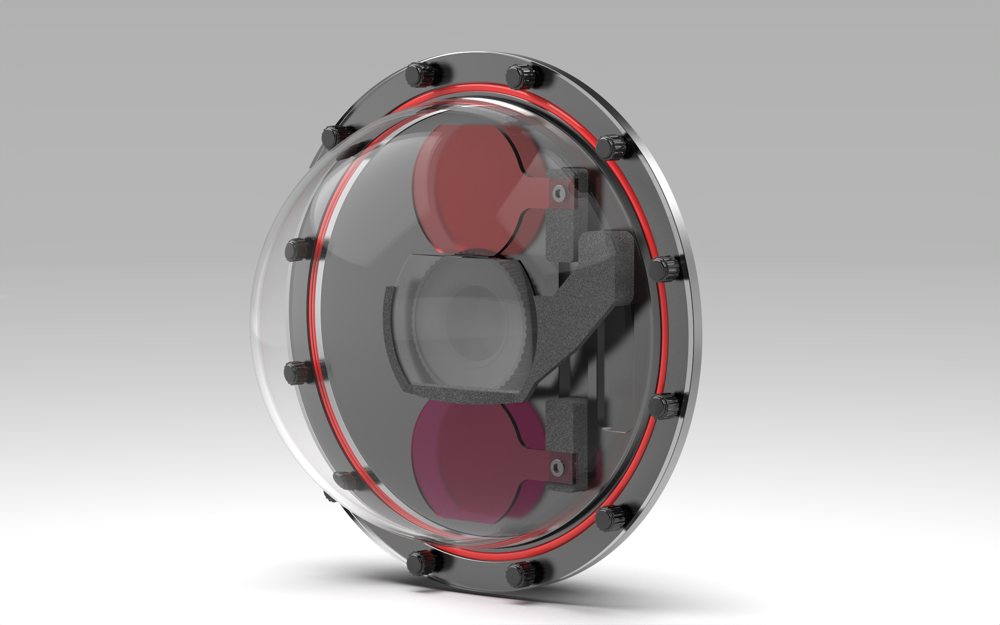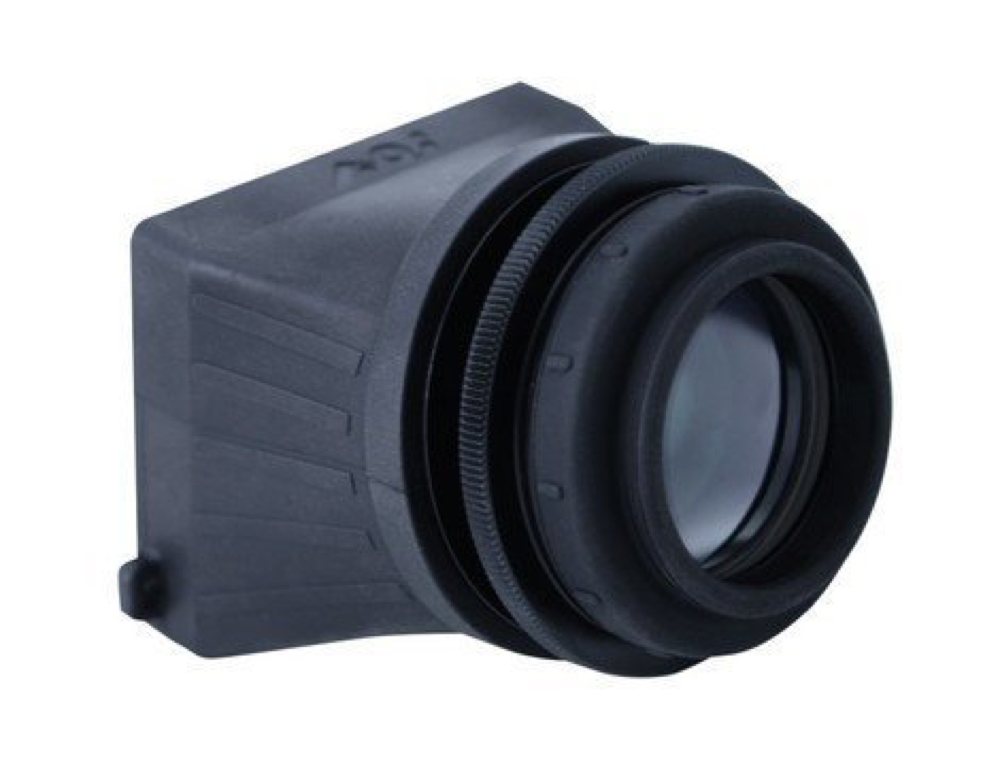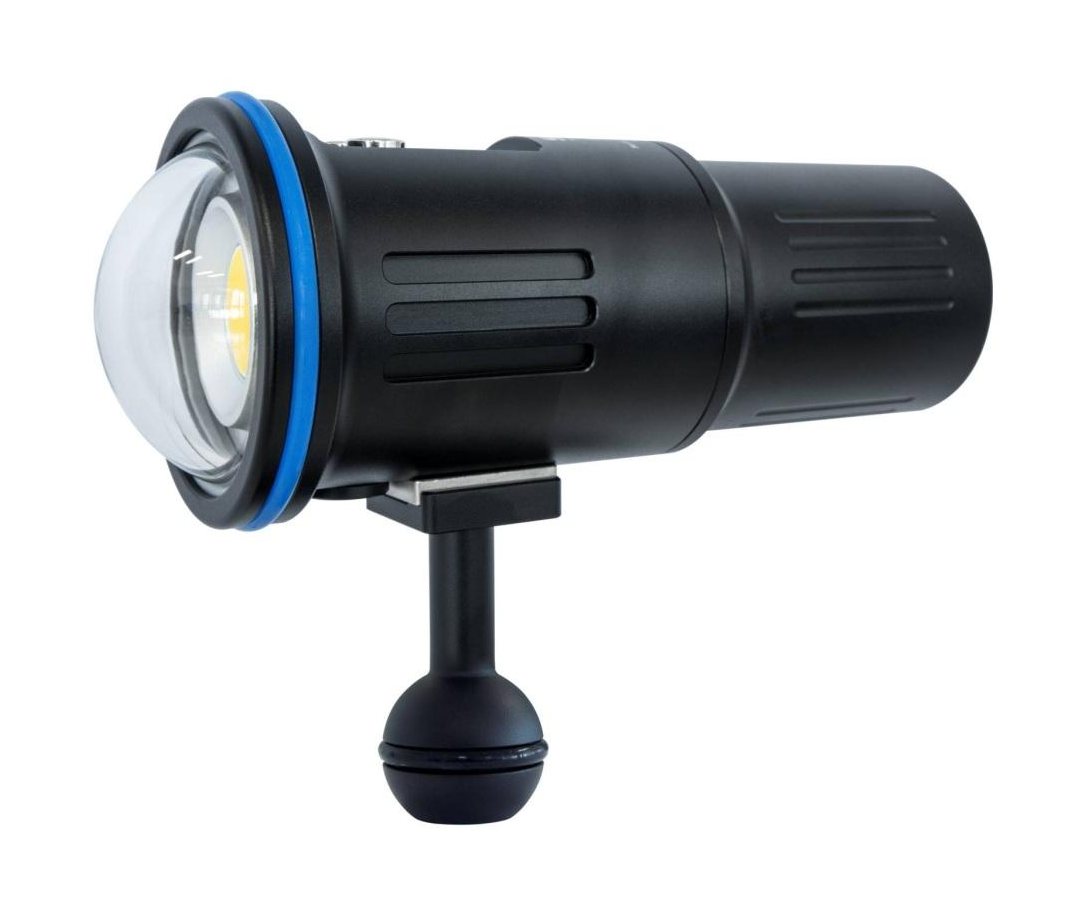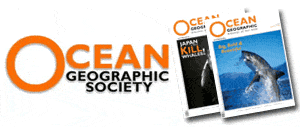- Home
- Directory
- Shop
- Underwater Cameras - Photographic Accessories
- Smartphone Housings
- Sea Scooters
- Hookah Dive Systems
- Underwater Metal Detectors
- Dive Gear
- Dive Accessories
- Diving DVD & Blu-Ray Discs
- Diving Books
- Underwater Drones
- Drones
- Subscriptions - Magazines
- Protective Cases
- Corrective Lenses
- Dive Wear
- Underwater Membership
- Assistive Technology - NDIS
- On Sale
- Underwater Gift Cards
- Underwater Art
- Power Stations
- Underwater Bargain Bin
- Brands
- 10bar
- AOI
- AquaTech
- AxisGo
- Backscatter Underwater Video and Photo
- BLU3
- Cayago
- Chasing
- Cinebags
- Digipower
- DJI
- Dyron
- Edge Smart Drive
- Eneloop
- Energizer
- Exotech Innovations
- Fantasea
- Fotocore
- Garmin
- Geneinno
- GoPro
- Hagul
- Hydro Sapiens
- Hydrotac
- Ikelite
- Indigo Industries
- Inon
- Insta360
- Intova
- Isotta Housings
- Jobe
- JOBY
- Kraken Sports
- LEFEET
- Mirage Dive
- Nautica Seascooters
- Nautilus Lifeline
- NautiSmart
- Nitecore
- Nokta Makro
- Oceanic
- Olympus
- OM System
- Orca Torch
- Paralenz
- PowerDive
- QYSEA
- Scubajet
- Scubalamp
- Sea & Sea
- SeaDoo Seascooter
- SeaLife
- Seavu
- Shark Shield
- Sherwood Scuba
- Spare Air
- StickTite
- Sublue
- Suunto
- SwellPro
- T-HOUSING
- Tusa
- U.N Photographics
- Venture Heat
- XTAR
- Yamaha Seascooter
- Youcan Robot
Diving the Solomons
Contributed by Zoe
An excited crew of Toowoomba SCUBA Divers departed from a hot and steamy Honiara across Guadalcanals' Iron Bottom Sound and headed over to a group of Islands called the Florida Islands where we had arranged to spend five days diving with Neil Yates who operates Solomon Islands Diving in Tulagi.
This was Scuba Zones, Toowoomba's leading dive shop, third trip to the beautiful Solomon Islands. As well as teaching scuba diving we also specialize in club trips to all parts of the Queensland and NSW coasts as well as exciting overseas destinations to our South Pacific neighbours and into parts of Asia.
Our first dive in the Solomons was to the Twin Tunnels, which is on top of a large pinnacle of magnificent reef in deep water. The Twin Tunnels are two ancient vertical shafts quite close together on the top of a submerged mountain.
 We
descended the mooring line which is attached to the reef at about 12 metres
near the entrance of the Twin Tunnels. We dropped down through the further most
tunnel and made our way into the second tunnel which ended in a cave full of
fish and other marine creatures at 34 meters. From the cave we made our way
out onto a sheer wall, where, in a slight current we found a good vantage point
to hold on to the reef and were enthralled by the fish life. Thousands of fish
swarmed around as we peered over the abyss. We stayed there for about 20 to
30 minutes watching the live stage of large tuna, white tipped reef sharks and
many scatterings of small fish.
We
descended the mooring line which is attached to the reef at about 12 metres
near the entrance of the Twin Tunnels. We dropped down through the further most
tunnel and made our way into the second tunnel which ended in a cave full of
fish and other marine creatures at 34 meters. From the cave we made our way
out onto a sheer wall, where, in a slight current we found a good vantage point
to hold on to the reef and were enthralled by the fish life. Thousands of fish
swarmed around as we peered over the abyss. We stayed there for about 20 to
30 minutes watching the live stage of large tuna, white tipped reef sharks and
many scatterings of small fish.
If you are anything like me and really into wreck diving then Tulagi in the Florida Islands is the place to go. In our five days at Tulagi we went on two truly awesome wreck dives. These wrecks are fairly deep and usually involve decompression diving. After a warm up decompression dive on the American fleet oiler, the USS Kanawha which sits upright at about 50 meters we decided to take on the American destroyer USS Aaron Ward which was sunk in 1943 by a group of Japanese bombers and sits upright on the sandy bottom in a depth of 70 metres. Because of the depth, we assembled our gear to include a second tank and redundant regulator set which was attached to our BCDs to provide us with a bigger safety margin for the planned 20 minute dive and the multi-staged decompression during our ascent.
 We
descended rapidly down the mooring line for 50 metres before we reached the
highest point over the bridge of the ship. We drifted over the bridge to the
top of the two forward 5 inch guns on the severely damaged bow. Gradually we
made our way toward the port midship area where our guide pointed out the torpedo
tubes, rear funnel, searchlight and then it was back to the bridge and the long
ascent.
We
descended rapidly down the mooring line for 50 metres before we reached the
highest point over the bridge of the ship. We drifted over the bridge to the
top of the two forward 5 inch guns on the severely damaged bow. Gradually we
made our way toward the port midship area where our guide pointed out the torpedo
tubes, rear funnel, searchlight and then it was back to the bridge and the long
ascent.
After Tulagi, we went on to Gizo for another week of sensational diving. Gizo is the capital of the Western Province of the Solomon Islands. What was once an area that was notorious for headhunting is now a major centre for tourism which mostly caters for divers.
 Near
Gizo, there are several world class dive sites on richly coloured reefs and
walls. One of our dives was on a wall close to Kennedy Island. This was where
the young Lieutenant John F. Kennedy and the surviving crewmembers swam ashore
after their boat PT109 was run down at night by the Japanese destroyer Amagiri.
Near
Gizo, there are several world class dive sites on richly coloured reefs and
walls. One of our dives was on a wall close to Kennedy Island. This was where
the young Lieutenant John F. Kennedy and the surviving crewmembers swam ashore
after their boat PT109 was run down at night by the Japanese destroyer Amagiri.
Our local dive guide from Solomon Watersports took us to yet another stunning dive which was seven kilometers north of Gizo to the wreck of the Japanese transport Toa Maru. Early in 1943, the Toa Maru was sunk by American dive bombers and their fighter escort while on route to Kolombangara Island near Gizo. The ship was carrying cargo which included fuel, timber, trucks, bags of cement, bottles of Saki (a common cargo), steel girders, ammunition and a two man tank.
This is beautiful dive which can start at the stern at 30 metres working your way towards the bow which lies on the sand. The ship is about 140 metres long and lies on the starboard side in a sheltered bay.
 After
recent unrest the arrival of the Regional Aid Mission to the Solomon Islands
(RAMSI) which includes Australian Federal Police and a military presence from
several countries, a feeling of calm has returned to one of the most beautiful
archipelagoes our world has to offer. Recreational and technical divers are
returning in significant numbers to an area that has been rated by many as the
top diving destination in the world. It is impossible to rank any of the dive
sites in the Solomon Islands as better than the other as they are all world
class. Each of the dive destinations we visited has its own pristine coral reefs,
incredible deep walls, prolific marine life, staggering visibility and WW2 ships
and aircraft wrecks.
After
recent unrest the arrival of the Regional Aid Mission to the Solomon Islands
(RAMSI) which includes Australian Federal Police and a military presence from
several countries, a feeling of calm has returned to one of the most beautiful
archipelagoes our world has to offer. Recreational and technical divers are
returning in significant numbers to an area that has been rated by many as the
top diving destination in the world. It is impossible to rank any of the dive
sites in the Solomon Islands as better than the other as they are all world
class. Each of the dive destinations we visited has its own pristine coral reefs,
incredible deep walls, prolific marine life, staggering visibility and WW2 ships
and aircraft wrecks.
Its beauty, remoteness, friendly people and jungle clad islands will certainly
have us going back for more adventures. It is one of those dive destinations
that once visited will never be forgotten.
Zoë Crowther
Tour Guide - Ken Jones Scuba Zone
Shopfront
-
 Fantasea FRX100 VA R Housing for Sony RX100 III / IV / V / VA - with optional vacuum system
Fantasea FRX100 VA R Housing for Sony RX100 III / IV / V / VA - with optional vacuum system
- Price A$ 799.00
-
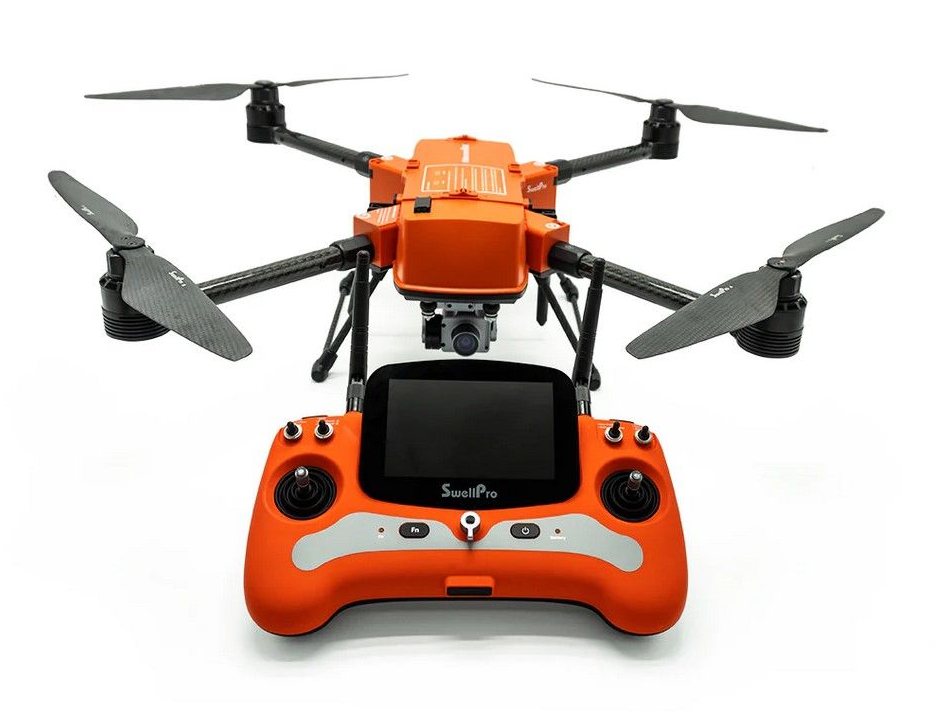 SwellPro Fisherman MAX Heavy Lift Fishing Drone Advanced
SwellPro Fisherman MAX Heavy Lift Fishing Drone Advanced
- Price A$ 3,999.00
-
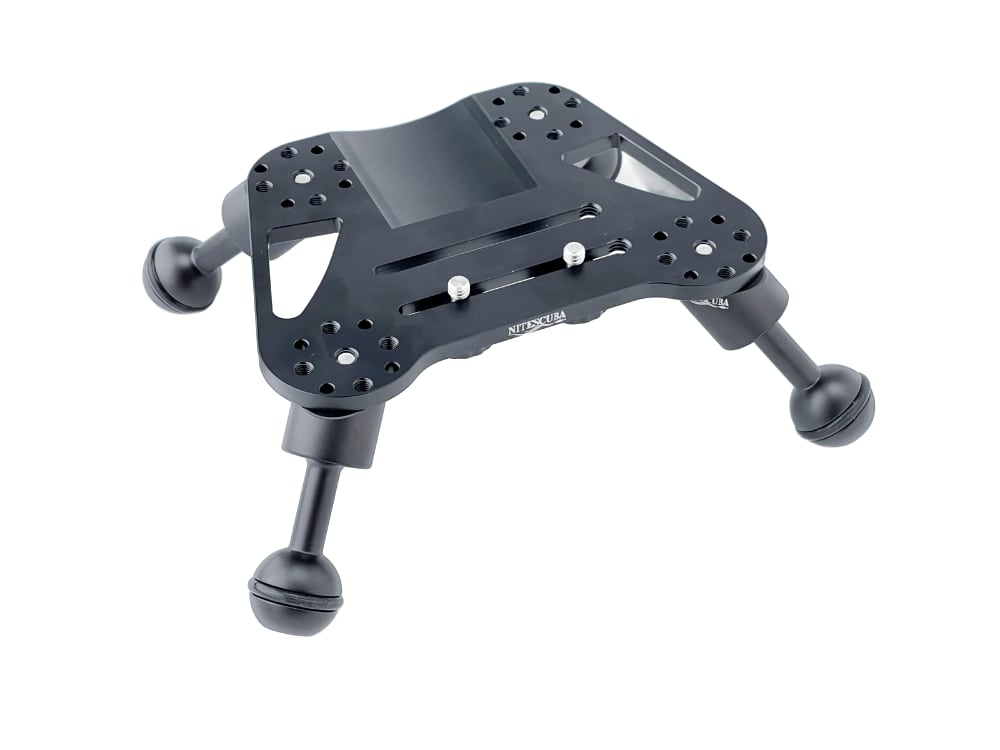 Nitescuba Tripod Bracket for Underwater Camera Housings
Nitescuba Tripod Bracket for Underwater Camera Housings
- Price A$ 249.95
-
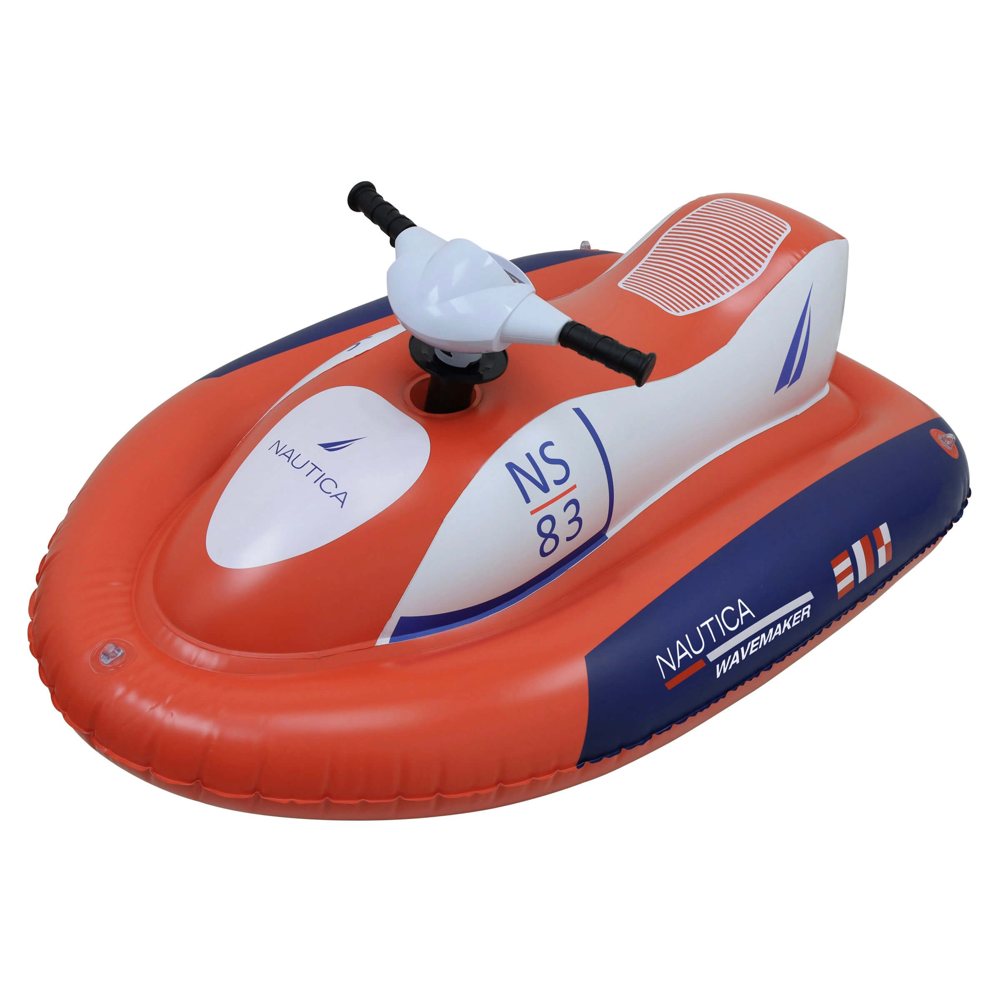 Nautica inflatable Jet Ski Wavemaker
Nautica inflatable Jet Ski Wavemaker
- Price A$ 499.00
-
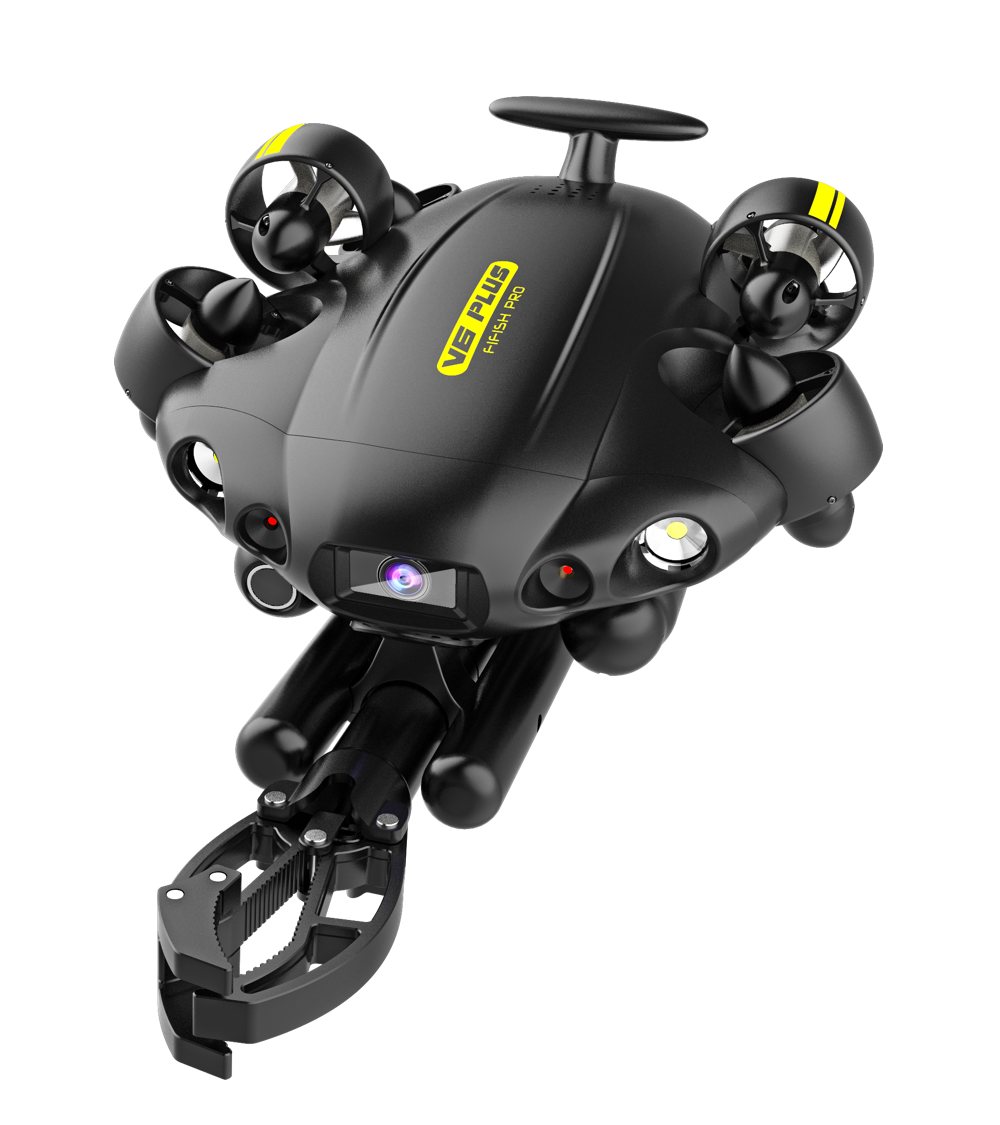 QYSEA Fifish V6 Plus - Underwater Drone Kit
QYSEA Fifish V6 Plus - Underwater Drone Kit
- Price A$ 25,000.00
-
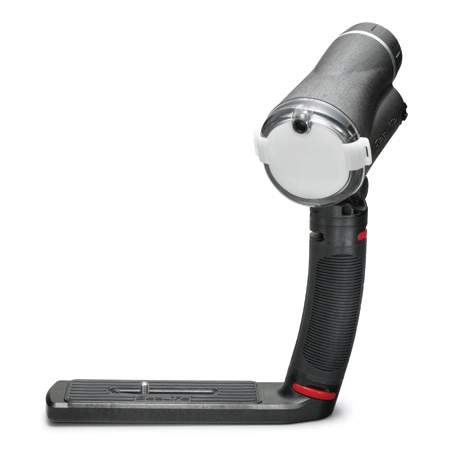 Sealife Sea Dragon Flash - Strobe
Sealife Sea Dragon Flash - Strobe
- Price A$ 699.00
-
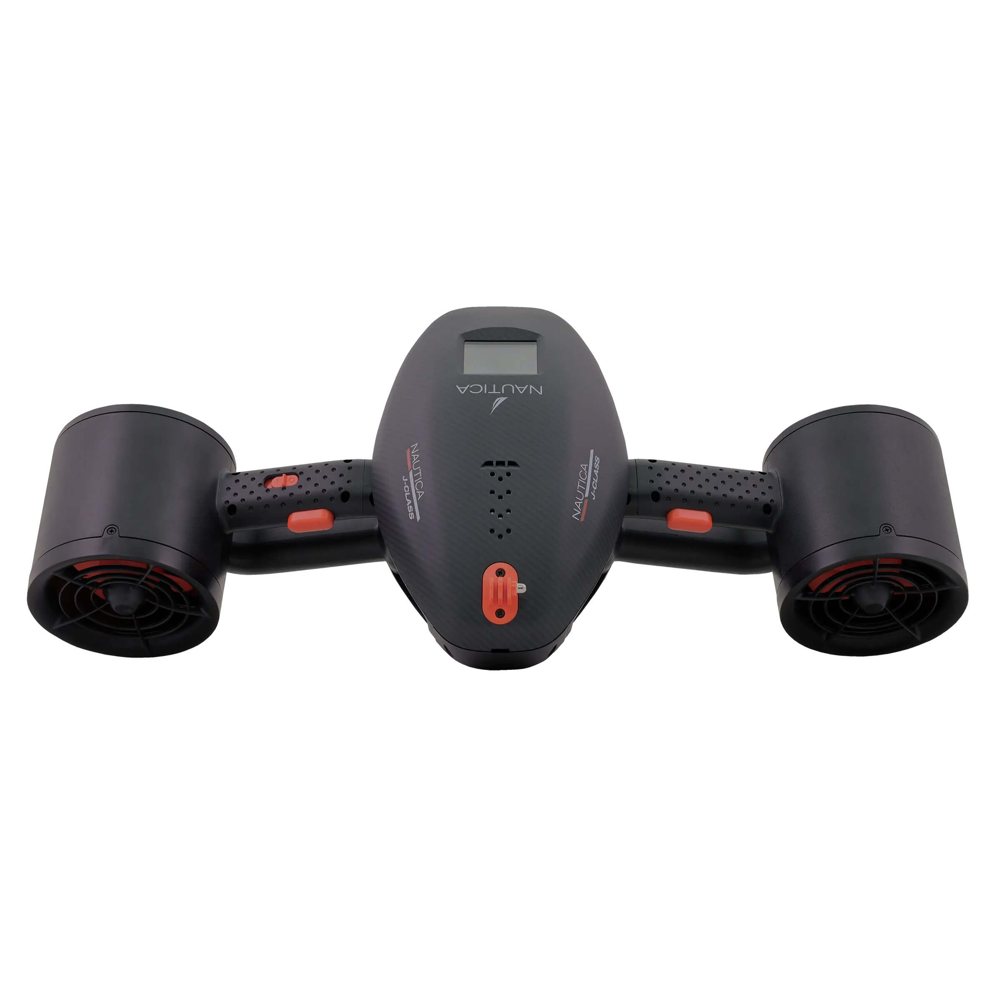 Nautica J-Class Seascooter
Nautica J-Class Seascooter
- Price A$ 1,499.00
-
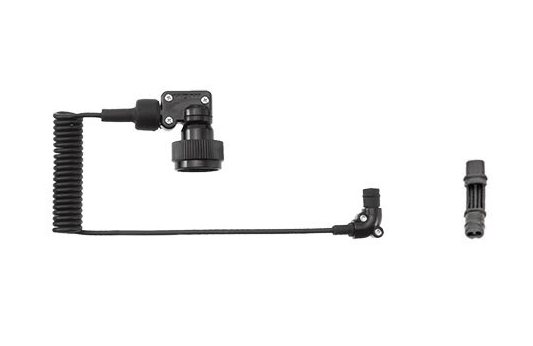 Inon Optical D Cable SS Type L Rubber Bush Set 2
Inon Optical D Cable SS Type L Rubber Bush Set 2
- Price A$ 129.00
In the Directory



